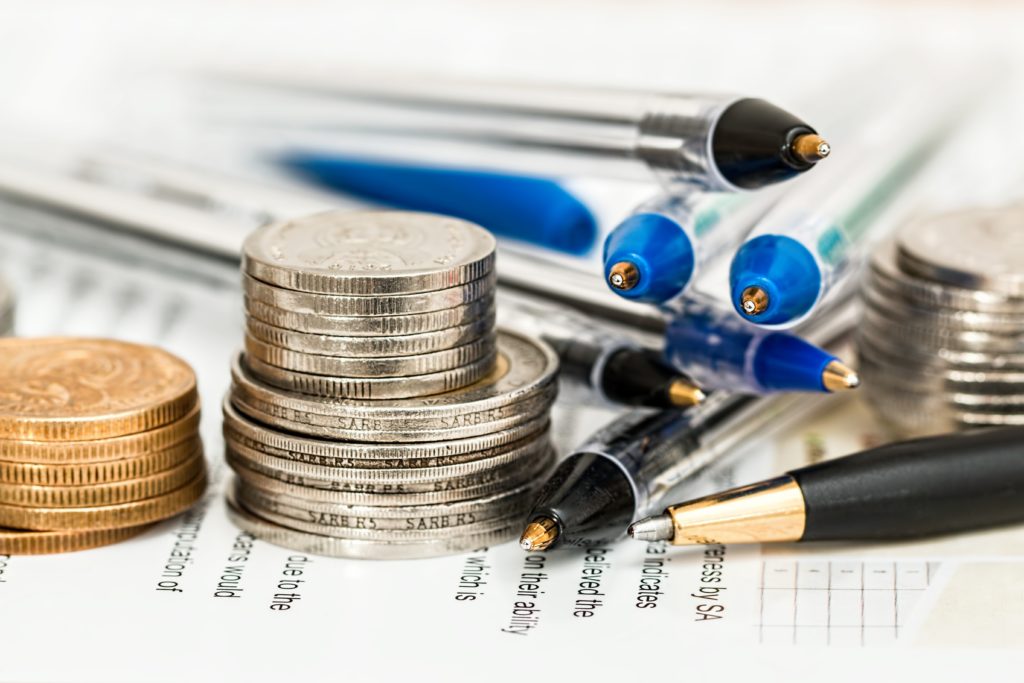Apply For A Loan Today
Tell us some basic details about your project below and let us work on structuring the best loan for you. We value your time and will reach back out to you shortly!
Hard money loans in Texas

Figuring out a budget for anything is difficult, yet alone a fix and flip! There are a lot of variables that can go into any budget you create. And that can make the accuracy of your numbers somewhat doubtful. But when it comes to real estate, your budget is absolutely critical. A solid budget can be the difference between a profitable project and a break-even or worse. And it’s especially critical if you are planning on doing a “fix and flip” type project.
There are a wide range of investors in real estate these days. And how they invest can vary depending upon the market as well as the investor’s goals.
Investors that invest in fix and flip properties are only interested in short term investments. Their goals are to find properties that they can buy at a discount. Once they own the property, or have it under contract, they start trying to sell, or “flip” it. They might do some work on the property, depending on the amount of repairs. Those repairs can range from minor, cosmetic work to more large renovations. And that’s the “fix” part of the “fix and flip” scenario.
When trying to determine what your budget would be for your own fix and flip project, make sure that you cover all costs plus a cushion. The key point is to determine how much money you have available to spend in total, and work forward from there. By doing this, you can avoid purchasing a property that is more than you can afford. You can also avoid properties that going to be too costly in terms of upgrades and renovations.
There are generally five areas that you want to make sure you’ve allocated funds for. These include:
When determining how high you can go in purchasing a property, it’s important to include all closing costs associated with your fix and flip. That should include all fees such as:
Any repairs and renovations that the property needs gets included in this category.
It’s a bit of a balancing act with renovation and cost of acquisition numbers. You want to make sure that your total budget for both categories is not higher than what you can afford based on down payment and carrying costs. It’s also critical to make sure that the combination does not exceed what the home will be worth.
If you can’t pay cash for the property plus any repairs, you’ll have carrying costs from the loan that makes up the difference. Make sure to understand exactly what that fix and flip loan amount will be. Don’t forget to include into your carrying costs other expenses such as:
Selling the home comes with its own set of expenses that need to be calculated. Deciding whether to use a realtor or not can impact your bottom line. Most agent fees range between 4% – 7% of the purchase price. In addition, there are transfer costs and recordation expenses that get billed.
It’s quite common to miss a few of these expenses but critical to your profitability that you don’t!
While not factoring in all expenses is a problem, not including a cushion can be even more of a problem. The fact is, issues and changes come up in every renovation or rehab. It just happens no matter how well you plan. Making sure to have the funds for those events is critical.
The general rule of thumb is to have at least 15% to 20% of your rehab or repair budget in your cushion. So, if the anticipated work loan is $50,000 total, you would have between $7,500 to $10,000 set aside for a cushion.
If you get lucky and there are no issues then this amount simply becomes additional profits. But, if there are issues, you’ve got the funds needed to handle it and you’ve already factored it into your profits.
Generally speaking, most investors follow what’s called the “70% Rule”. Under that scenario an investor pays no more than 70% of the ARV value of a property, less the repair & renovation costs. The ARV value is the “after repair value” of the property.
For example, if a home has an ARV value of $100,000 and needs $20,000 in repairs, the most an investor would pay is $70,000. The investor would then subtract the $20,000 in repairs from the estimated purchase price. That means an investor would make an offer of approximately $50,000 to the seller of the property.
One thing to know is that the 70% Rule can work well in many markets. But there might be some markets or neighborhoods where it’s not the best predictor of a property’s value. But, we’ll save that explanation for another blog post!
For better or for worse, determining renovation and rehab costs is not an exact science. It takes time and experience to be comfortable with the analysis process and the results. Online tools can help come up with costs and budgets, but knowing your area is more important.
By breaking out your costs and expenses into the five categories listed here, you are taking the first step.
If you are in the market for a fix and flip loan for your next project, give us a call! Let’s see how we can help you finance your next fix and flip project quickly and affordably starting TODAY!
Tell us some basic details about your project below and let us work on structuring the best loan for you. We value your time and will reach back out to you shortly!